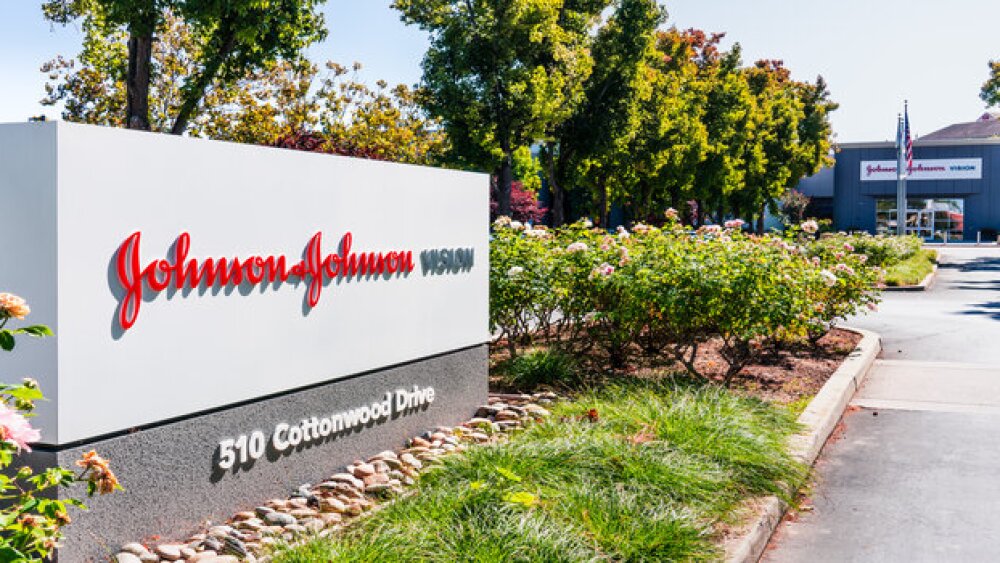Representatives from companies such as Sanofi and Forge Biologics point to the potential for PreCheck to drive activation of idle production capacity and help companies that are already building plants.
The FDA proposed its PreCheck program earlier this year with a clear goal: facilitating the construction of manufacturing sites in the United States. Yet attendees at a September meeting to discuss the program suggested the agency’s goal is misaligned with the needs of industry. While the industry representatives welcomed support for new sites, they repeatedly called for the FDA to provide similar assistance to companies that expand or reactivate existing facilities.
Applications for approval of a commercial product currently mark the first time the FDA visits new sites. Manufacturers that are included in PreCheck will have earlier interactions with the FDA, a perk meant to incentivize building factories in the U.S. by smoothing the regulatory path. Companies that began building facilities before PreCheck was proposed want to access those benefits, rather than waiting until they are part of a marketing submission to learn what the FDA thinks of their operations.
Attendees left the PreCheck meeting without evidence that the FDA will accept existing facilities in the PreCheck program. FDA employees mostly asked questions and listened at the PreCheck meeting, rather than providing information on the program. However, one person representing the agency shared some details of its thinking during the afternoon session.
“We’re taking the comments under consideration. But I would just say at a high level that the program really is geared for new facilities to get folks to come here,” said the FDA employee, who did not give their name ahead of their remarks. “If the facility is built and you’ve got a strong quality system, this program may not be the right program, and I think there’s a lot of other avenues that can be considered.”
After the meeting, industry representatives working in production of active pharmaceutical ingredients, generic medicines and branded drugs continued to make the case for including existing facilities in the program.
Activating Idle Capacity
Advocates for expanding PreCheck are framing support for existing plants as the fastest and cheapest way to onshore production and lessen U.S. reliance on imports. The argument rests on evidence that the U.S. has excess manufacturing capacity, particularly in the generics sector.
A 2022 survey looked at capacity use at 37 U.S. pharmaceutical manufacturing sites that accounted for nearly 25% of the country’s generic drug production infrastructure. The survey found 30% of the sites were using less than half of their capacity. Almost 60% of the unused capacity could be operational in one year, the study found. A total of nearly 30 billion additional doses a year could be made at the surveyed sites without building new plants, the report’s authors estimated.
Kevin Webb, president and chief operating officer at the API Innovation Center (APIIC), told BioSpace that there is enough idle manufacturing capacity in the U.S. to “absorb the drug shortages” facing the country. Webb said manufacturing lines can be repurposed in one to two years “for a couple of million dollars,” compared to 10 years and $700 million to $1 billion for a new facility.
Kamaal Anas, corporate vice president for regulatory affairs at B. Braun Medical, made a similar point at the FDA’s PreCheck meeting. “It takes five to seven years to build a new plant, and maybe three to five years to add a new line,” Anas said, arguing that the U.S. should be incentivizing companies to unlock dormant capacity.
The Association for Accessible Medicines (AAM), a trade group that represents manufacturers of generic and biosimilar drugs, is likewise interested in the applicability of PreCheck to existing plants. A spokesperson for the trade group told BioSpace that facilities that are idle or operating below capacity can be used to increase domestic output a lot faster than new plants can be built.
Supporting Sites Under Construction
At the meeting, representatives of companies including Eli Lilly, Forge Biologics and Sanofi discussed including existing plants in PreCheck. Christopher Shilling, chief regulatory officer at gene therapy service provider Forge, explained how the expanded scope could benefit his company.
“Forge has built facilities, we are continuing to evolve and we’ll be adding on to our existing operations in the future. We want to make sure we stand in a good position to be eligible for these opportunities,” Shilling told BioSpace. “We could really benefit from this interaction [with the FDA], given we are moving towards that first application in the future.”
At the PreCheck meeting, Miguelina Matthews, head of quality intelligence, advocacy and pharmacopoeia affairs at Sanofi, cited the arguments made by other attendees as he strongly encouraged the agency to consider extending PreCheck to cover existing facilities during technology transfers, product launches, upgrades and reconfigurations.
The FDA stopped accepting written feedback on the PreCheck program on Oct. 30. It is unclear exactly what will happen following the close of the comment period. FDA officials did not commit to a timeline for next steps at the meeting, and the subsequent government shutdown disrupted policy and guidance work at the agency.






